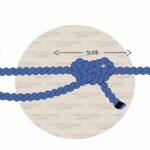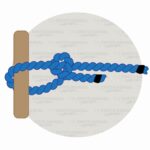The marlinspike knot is used to tie a knot around an object like a stick or pole. A marlinspike is a type of tool used in marine settings, and you can use it to create these knots. The most common use of this knot is to create a makeshift step ladder. You can also use these knots to create a secure handle that makes it easier to tie tighter knots.
A few knots similar to the Marlinspike knot include:
- Rolling hitch
- Ossel hitch
- Constrictor Knot
- Pile Hitch
Follow the simple directions below to learn how to tie a Marlinspike knot.
What Is A marlinspike Knot?
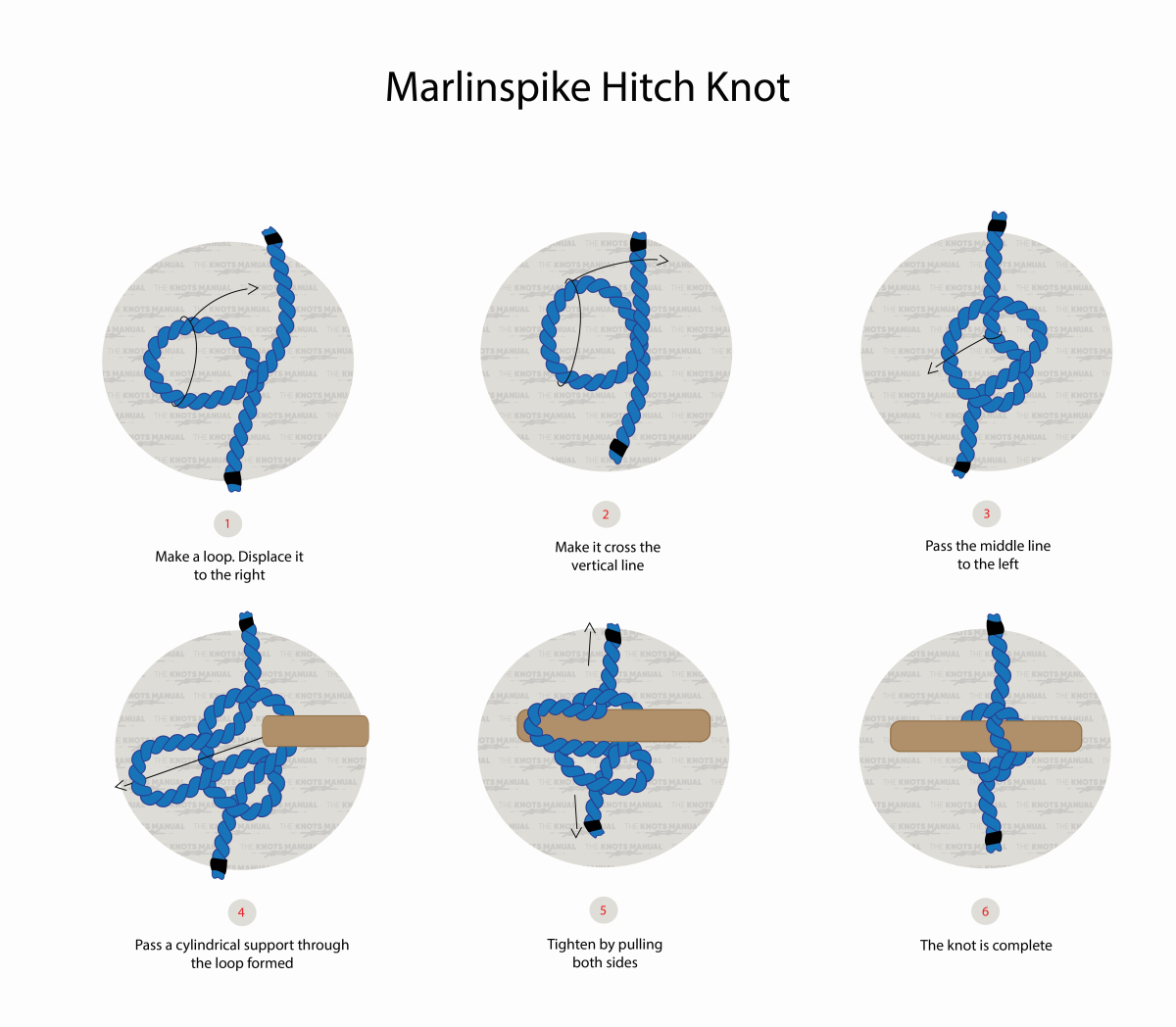
The marlinspike knot, or marlinspike hitch knot, uses a stick, or “spike,” to create a knot. These knots are sometimes called a “lever hitch” or “ladder hitch.” These knots are effective because they’re easy to tie and untie and do not jam. It is considered a temporary knot and is unstable unless loaded.
We see the marlinspike knot mentioned in The Ashely Book of Knots as a “Marlingspike.”
A marlingspike, or marlinspike, is a tool used for ropework in marine settings. It is a sharp metal pin 6-12 in (15.2-30.5 cm) long, usually made of iron or steel. Boaters use marlinspikes to splice ropes, form toggles or handles, and untie knots.
Ashley said you could create the marlinspike knot using a marlinspike. The marlinspike was used to heave on a line while splicing, serving, or seizing a rope.
A “marlinspike,” or “marlinspike Seamen,” can also refer to a boater. They receive this label when they become proficient with the tool.
“Marling,” in knot tying, refers to creating many half hitches around a rope to protect the rope. Still, this practice is rare.
How To Tie The marlinspike Knot?
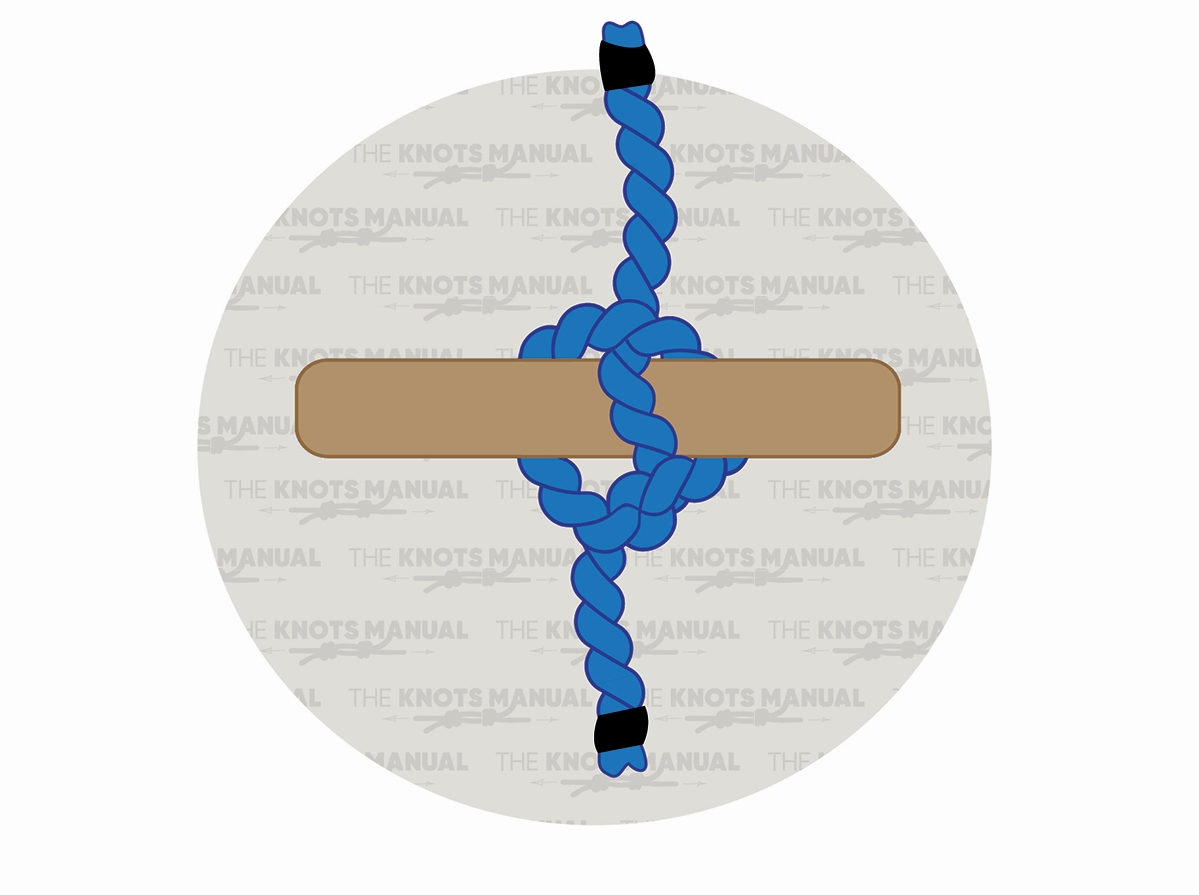
To tie a marlinspike knot, follow these simple directions:
Step1:
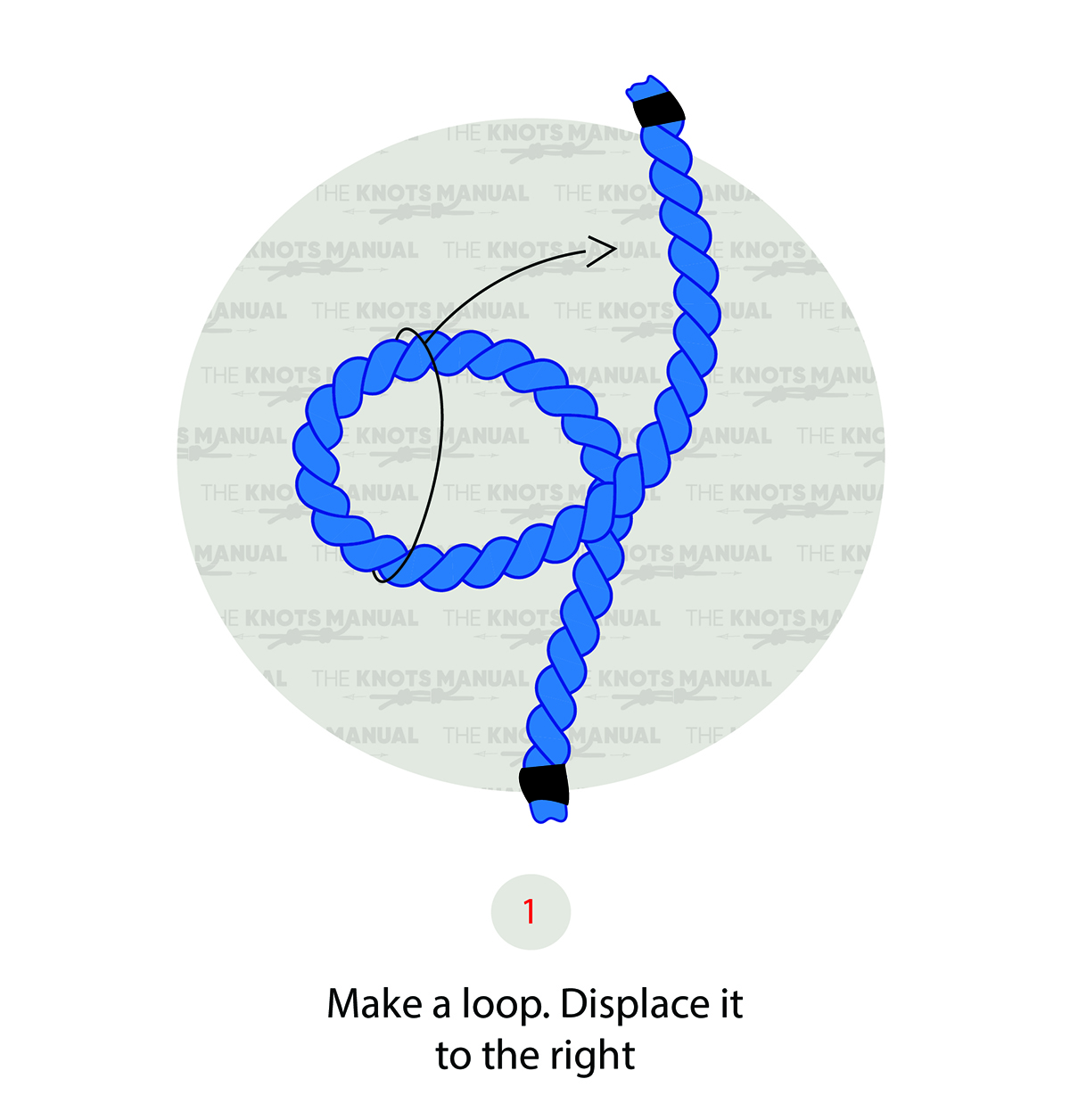
Create a loop with the working end displaced to the right.
Step 2:
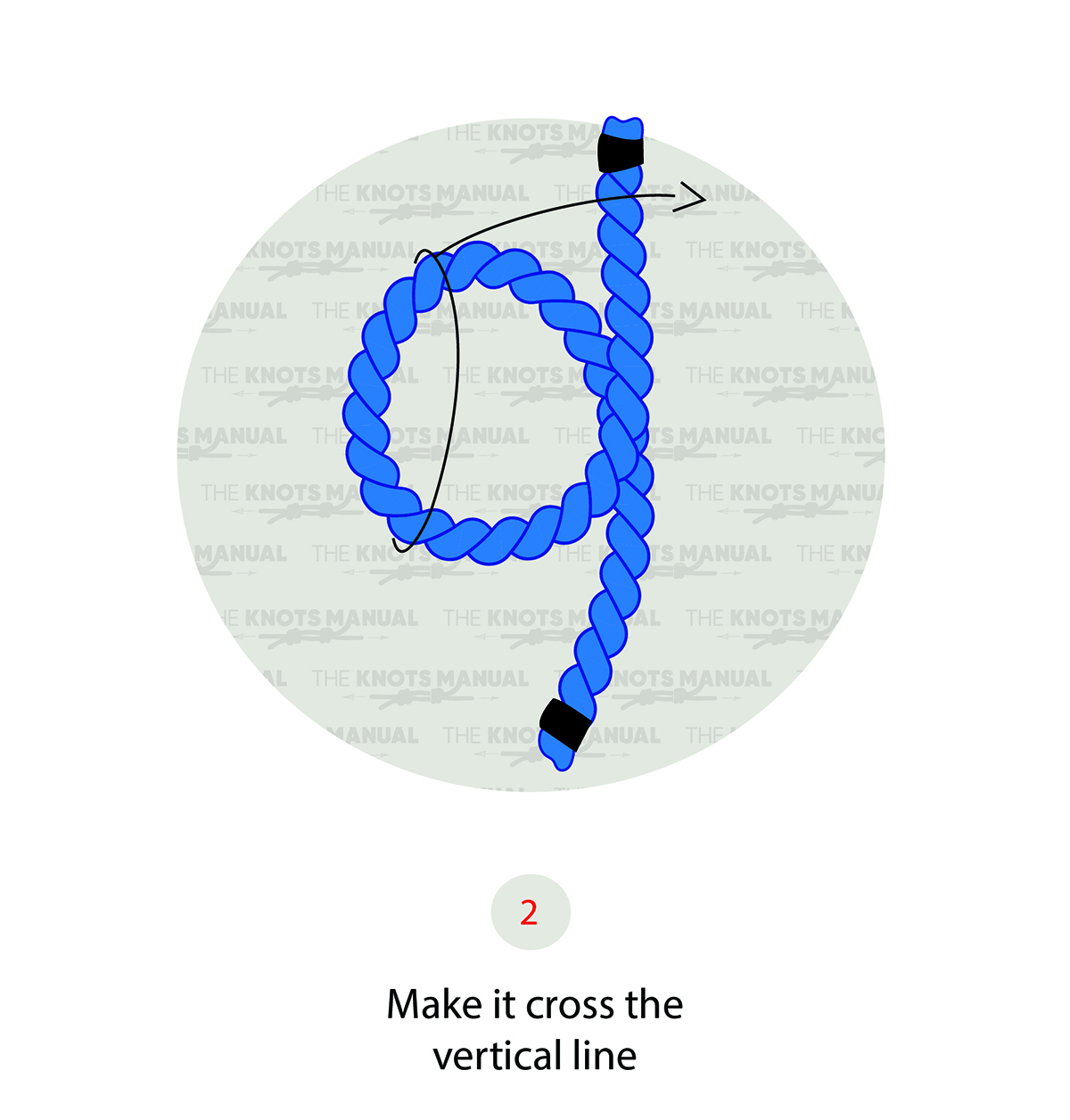
Pull the loop to the right, across the vertical line created by the rope.
Step 3:
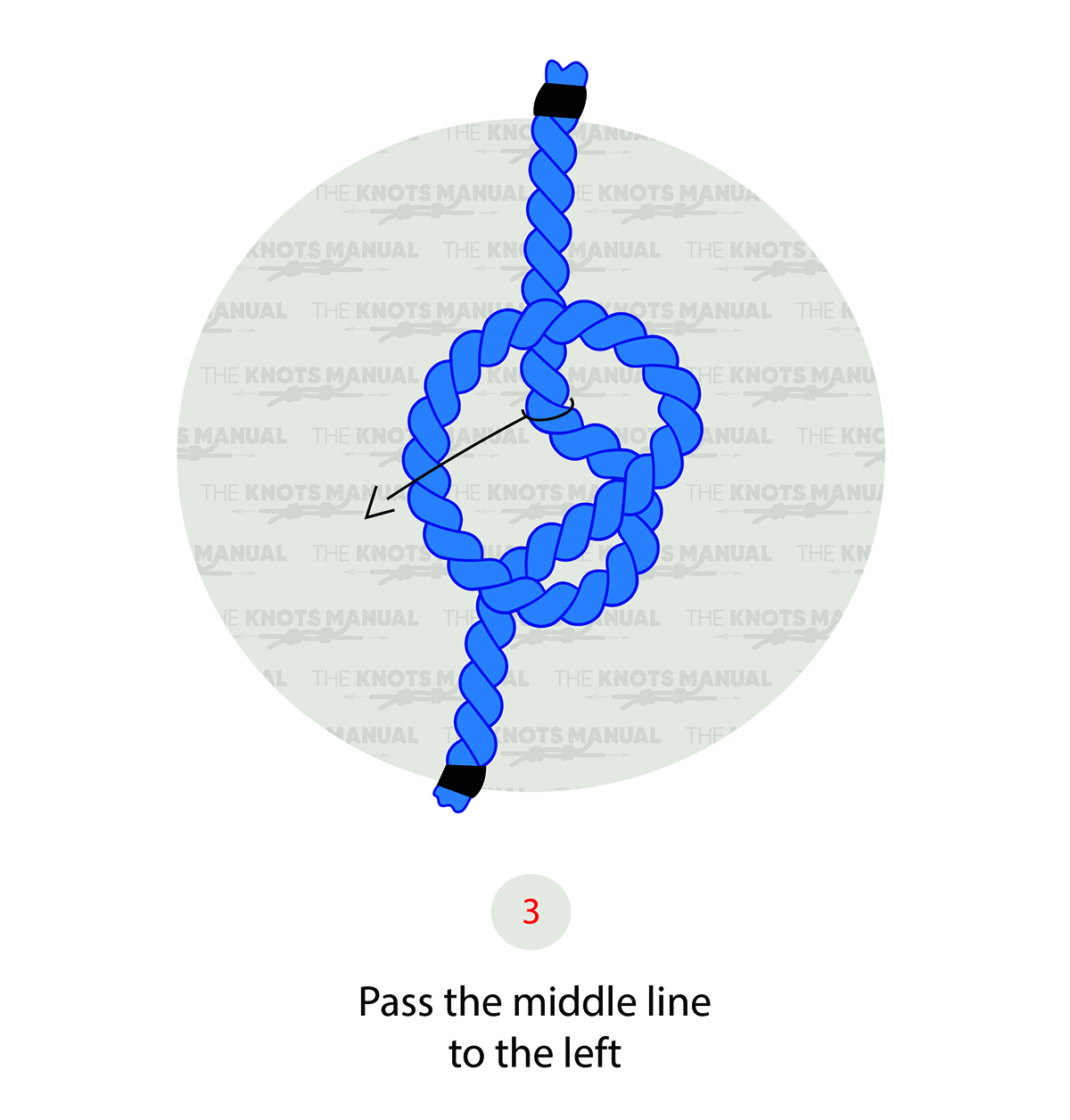
Pull the middle line to the left, over the loop.
Step 4:
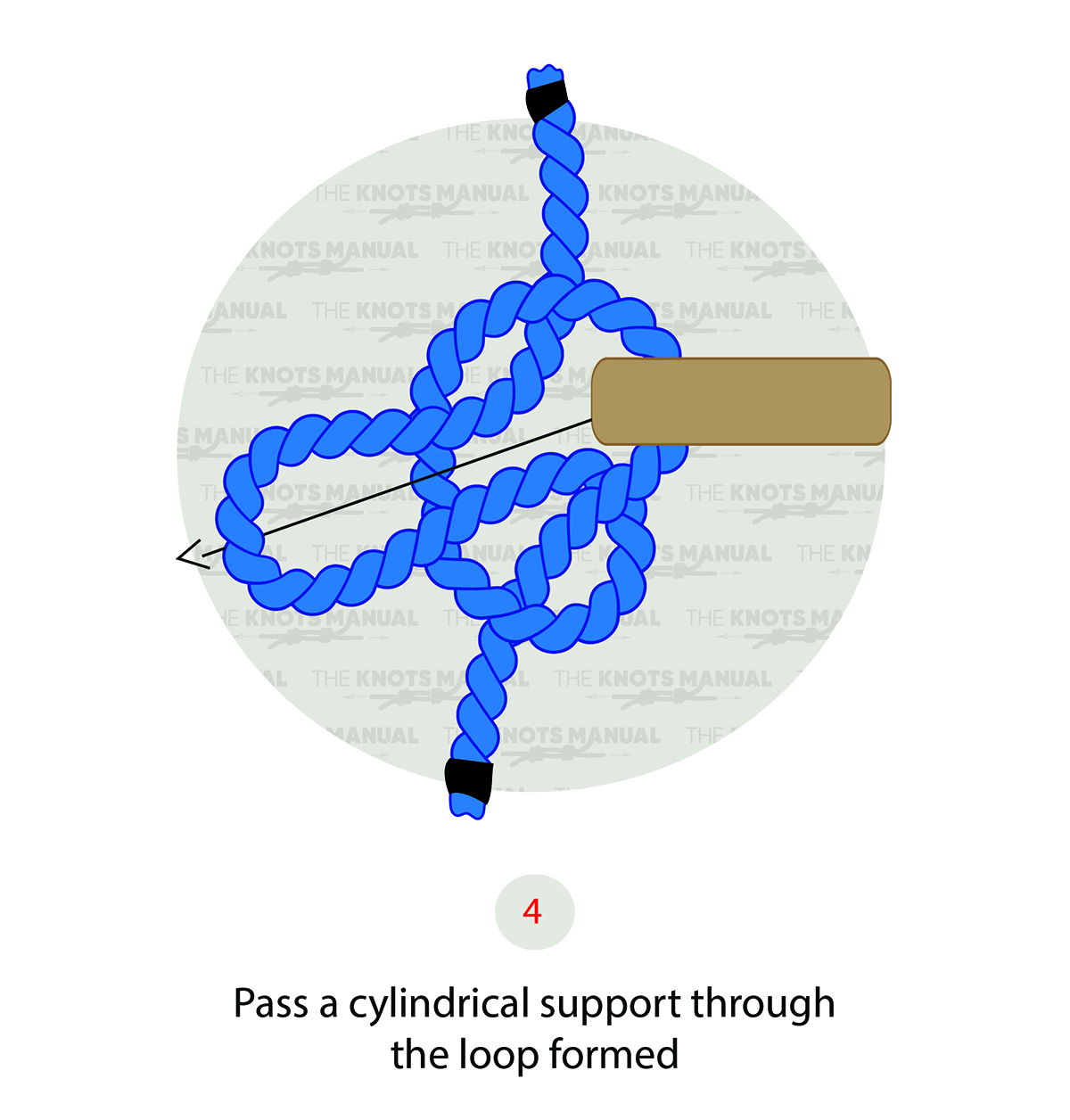
Pass a cylindrical support through the loop you just formed.
Step 5:
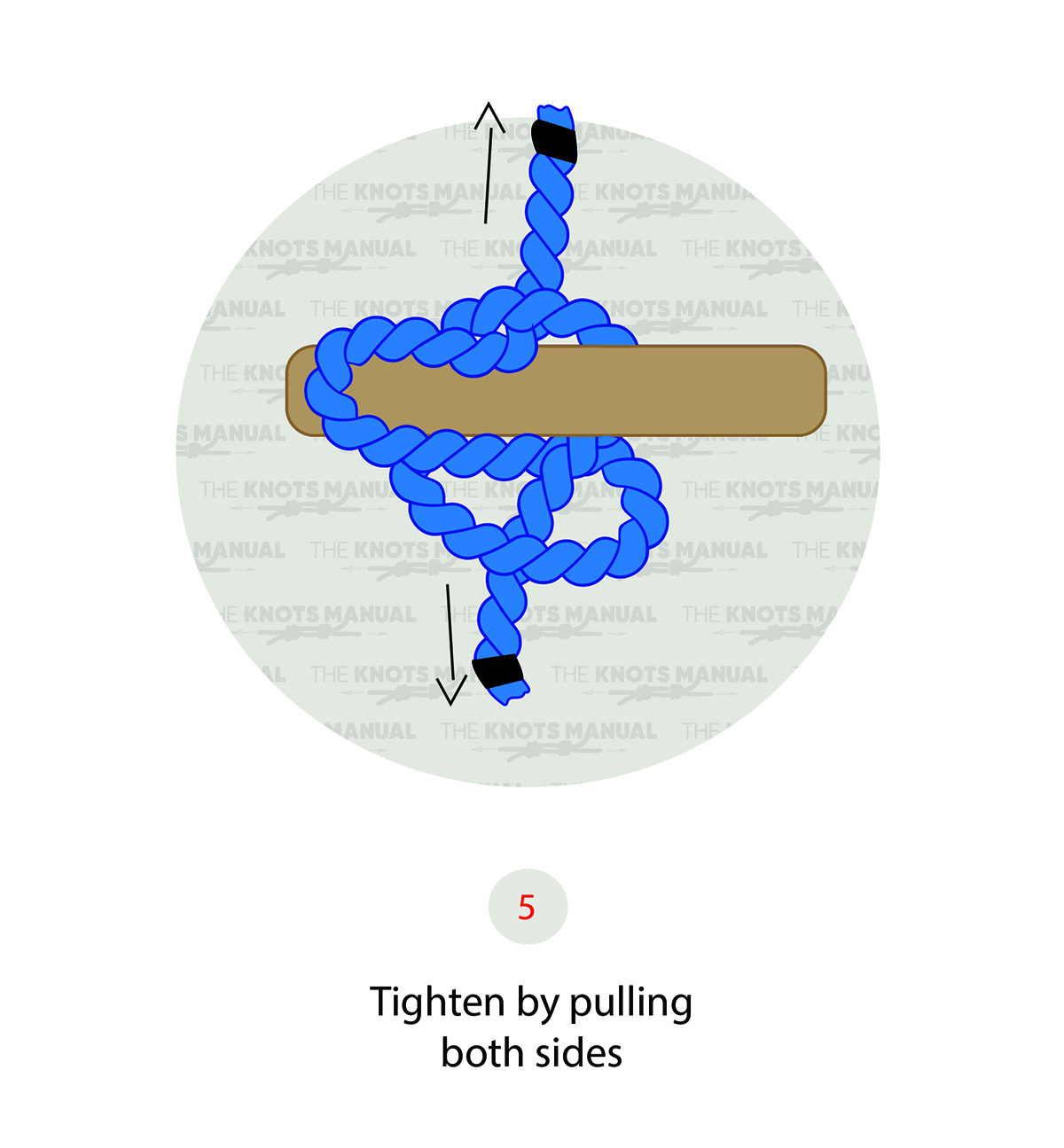
Pull on the working and standing ends of the rope to tighten the knot.
Step 6:
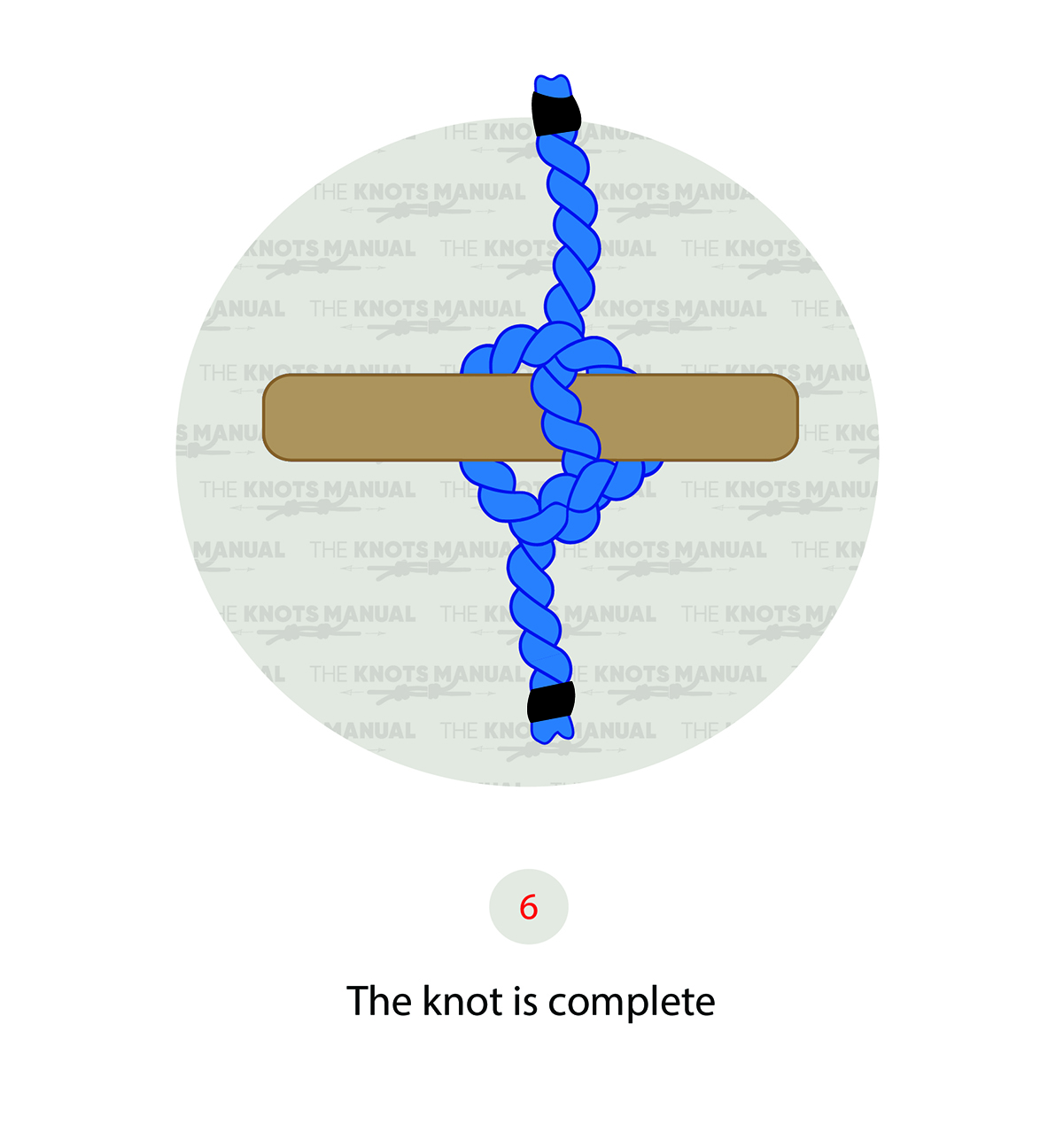
The marlinspike knot is now complete.
What Are The Uses Of The marlinspike Knot?
The most common use of the marlinspike knot is to create a step ladder. Have you ever wondered how to tie a rope ladder? You will follow the steps above, but use two ropes to make your ladder.
To create a rung, you create a marlinspike knot over each end of a pole. Use two separate ropes to create each knot. Then, you’ll continue making new knots up the length of each rope. Continue inserting the stick or pole into the knots going up the rope to create a step ladder.
As always, it can be dangerous to use the marlinspike knot to create a ladder. There are some precautions you should take to keep yourself safe:
1. Make sure to follow the steps and create the knot correctly. The final bight should always be made in the standing end and tucked through the loop. Tying the knot correctly results in a noose. The noose tightens when applying more pressure, which is ideal. Making the knot with the working end will result in a slip knot that loosens with force and is dangerous.
2. Keep the rungs of your ladder level — this means keeping them horizontally to the ground. You’ll risk your hitches sliding off the ladder’s rungs if they aren’t horizontal.
3. Closely inspect your ladder before each use, especially if you’ve used it previously. Storage may cause the hitches to slip or loosen.
For Better Gripping
Knot tyers also use the marlinspike hitch to get a better grip on their rope for tightening. They often use the hitch on a rope already attached to another object at one end. The hitch gives them better leverage to tighten the existing knot to make it more secure.
Other Uses
Other uses for the Marlins spike hitch include:
- Rigging hammocks
- Rigging whoopie slings
- Makeshift handles
- With Carabiners
Knots Similar To The marlinspike Knot
Rolling Hitch: These knots are a type of slide and grip knot unsuitable for most modern ropes. It is a type of stopper hitch that you use to attach one rope to another. Usually, the two ropes will be of differing diameters.
Ossel Hitch: These knots attach a line or rope to a cylindrical object. The stipulation is that the object must be a similar diameter to the rope. They were originally used for Scottish gill nets. Small lines were tied to larger ropes that acted as supports for the net.
Constrictor Knot: These knots are effective binding knots that are simple and secure. The downside to these knots is that they are nearly impossible to untie once tightened.
Pile Hitch: These knots attach a rope to another object and are very easy to tie. You can also tie them in the bight, making them valuable when you don’t have access to the end of a rope. They are easy to tie, secure, and cast off.
FAQs
What Is The Most Secure Hitch?
The hitch that is most secure and works best for you depends on the situation and what you need it for. For example, the “trucker’s hitch” works great for securing loads on trucks and trailers. The “double anchor bend” adds an extra wrap around an object, making it super secure. As the name suggests, they’re best suited for tying an anchor but also work well for climbing.

